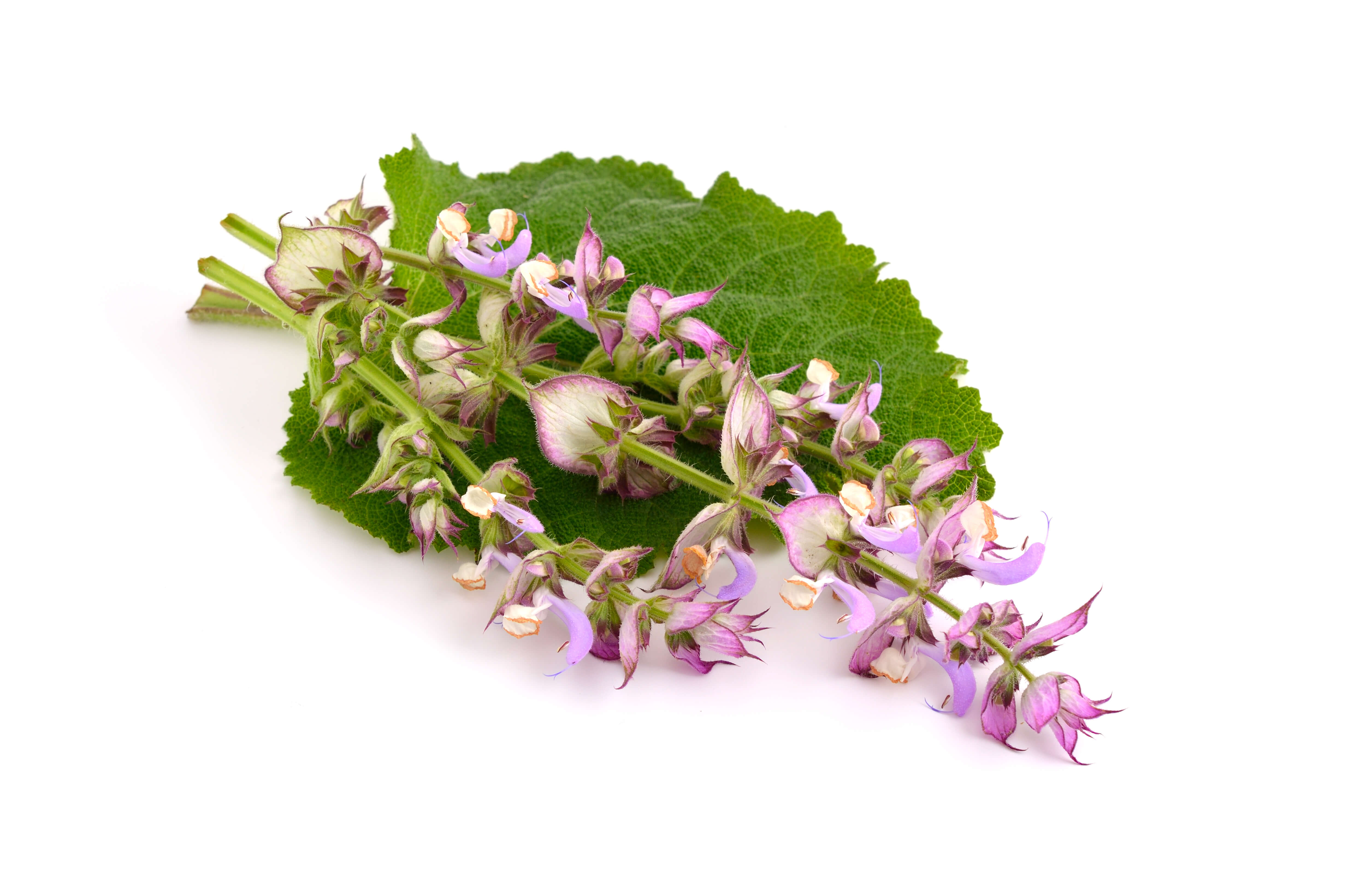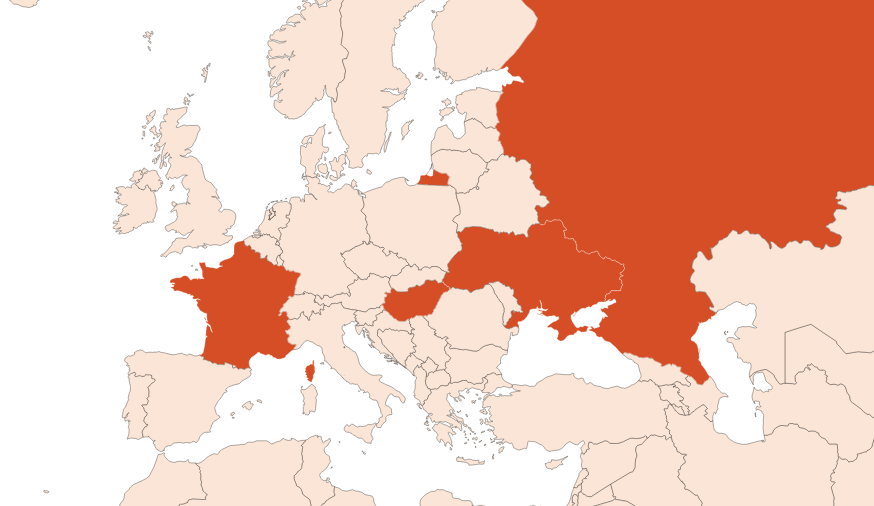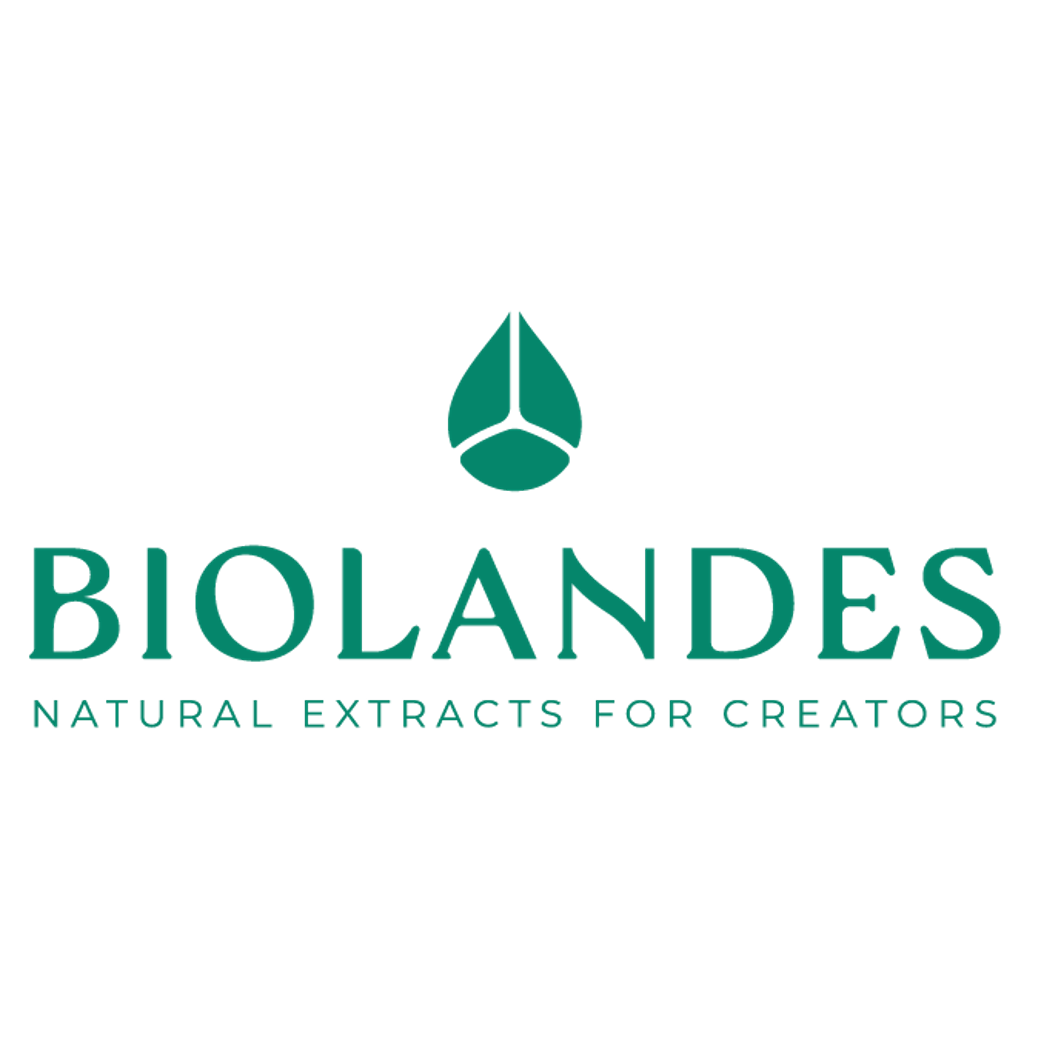Clary Sage Absolute
Naturelle
Balsamic Ambery > Coumarinic > Grassy > Spicy > Agrestic

Crédits photo: ScenTree SAS
Latin name :
Salvia sclarea
Botanical profile :
Clary sage is a plant of the Lamiaceae family (such as basil, rosemary, mint or patchouli) and of the genus Salvia.
Geographic origin :
Originally from Western Asia (Middle East and Turkey), clary sage is now mainly grown in France, Russia, the United States and Hungary.
Chemotypes :
The genus Salvia is composed by almost 1000 species, which can be classified according to their composition:
Linalyl Acetate and other esters sages : Clary sage EO / Clary Sage Absolute (Salvia sclaréa - Europe), Doris sage (Salvia dorisiana - rich in Perillyl Acetate) and Sardinian sage (Salvia desoleana - rich in Linalyl Acetate and Terpinyl Acetate).
Eucalyptol or Camphor sages : Including the Lavender-leaved sage (Salvia lavandulifolia), the Three-lobed sage (Salvia fruticosa), the Bengal sage (Salvia bengalensis - India and Pakistan), the White sage (Salvia apiana - California) and the Dandelion leaved sage from the Atlas (Salvia ancheri).
Thujones sage : Including the Dalmatian Sage EO (Salvia officinalis) and all its varieties. Apple sage (Salvia pomifera from Crete, with Beta-Thujone).
Bisabolol or Nerolidol sages : Including the two chemotypes of the blue mountains sages of South Africa (Salvia stenophylla).
Beta-Caryophyllene and other sesquiterpenes sages : Such as the Spanish sage (Salvia hispanica - Beta-Caryophyllene), the Glutinous sage (Salvia glutinosa - γ-Muurolene), the Gentian sage (Salvia tomentosa - Beta-Caryophyllene and Borneol) and the Pineapple sage (Salvia elegans - Central America, with Beta-Caryophyllene and trans-β-Ocimene).
Diterpenoids sages : Such as the Chinese sage (Salvia miltiorrhiza), whose roots are extracted for their anti-inflammatory and antioxidant properties.
Linalyl Acetate and other esters sages : Clary sage EO / Clary Sage Absolute (Salvia sclaréa - Europe), Doris sage (Salvia dorisiana - rich in Perillyl Acetate) and Sardinian sage (Salvia desoleana - rich in Linalyl Acetate and Terpinyl Acetate).
Eucalyptol or Camphor sages : Including the Lavender-leaved sage (Salvia lavandulifolia), the Three-lobed sage (Salvia fruticosa), the Bengal sage (Salvia bengalensis - India and Pakistan), the White sage (Salvia apiana - California) and the Dandelion leaved sage from the Atlas (Salvia ancheri).
Thujones sage : Including the Dalmatian Sage EO (Salvia officinalis) and all its varieties. Apple sage (Salvia pomifera from Crete, with Beta-Thujone).
Bisabolol or Nerolidol sages : Including the two chemotypes of the blue mountains sages of South Africa (Salvia stenophylla).
Beta-Caryophyllene and other sesquiterpenes sages : Such as the Spanish sage (Salvia hispanica - Beta-Caryophyllene), the Glutinous sage (Salvia glutinosa - γ-Muurolene), the Gentian sage (Salvia tomentosa - Beta-Caryophyllene and Borneol) and the Pineapple sage (Salvia elegans - Central America, with Beta-Caryophyllene and trans-β-Ocimene).
Diterpenoids sages : Such as the Chinese sage (Salvia miltiorrhiza), whose roots are extracted for their anti-inflammatory and antioxidant properties.
Extraction process :
Clary sage is a short-lived plant that can grow up to 1.60 m in culture. In early spring, clary sage fields are perennialized by sowing the seeds of the plant. Harvests occur during the flowering period in August. The harvest is mechanical: a tractor cuts, crushes and collects the fresh plants before taking them to the extraction plant.
The leaves are extracted fresh, directly after the harvest to preserve the smell. The extraction is done in a tank with hexane and once the plant is removed from the extractor and the hexane has evaporated, the concrete is collected. The concrete is diluted in alcohol to precipitate the waxes after glazing the mixture at a temperature gradient from 140 °F to 32 °F. The absolute is obtained after evaporation of the solvent with a yield of about 80-85%.
The Clary Sage EO also exists but is more fruity and floral, close to Linalool.
Clary sage absolute can be bleached by distillation.
The leaves are extracted fresh, directly after the harvest to preserve the smell. The extraction is done in a tank with hexane and once the plant is removed from the extractor and the hexane has evaporated, the concrete is collected. The concrete is diluted in alcohol to precipitate the waxes after glazing the mixture at a temperature gradient from 140 °F to 32 °F. The absolute is obtained after evaporation of the solvent with a yield of about 80-85%.
The Clary Sage EO also exists but is more fruity and floral, close to Linalool.
Clary sage absolute can be bleached by distillation.
Major Components :
Sclareol (75-85%)
Plotter(s) : Sclareol
Plotter(s) : Sclareol
- Uses in perfumery :
- Suitable for tobacco, fougere, amber, chypre and to simulate the presence of Lavender EO.
- Other comments :
- Clary sage has long leafy stems with blue-violet flower heads. The leaves contain the essential oil.
The clary sage absolute is the main precursor of natural Sclareol, its major component. The essential oil contains much less but is richer in Linalool and Linalyl Acetate. - Volatility :
- Base
- Appearance :
- Dark yellow to greenish paste
- Stability :
- Solubility issues in perfumes
Sclareol identified in this raw material can polymerize when they are oxidized - Price Range :
- €€€
- Aromatherapy :
Informations provided below are taken from reference works in aromatherapy. They are given for information purposes only and can not constitute medical information, nor engage the responsibility of ScenTree.
Clary sage is recommended for menopausal disorders.

Crédits photo: ScenTree SAS
- EINECS number :
- 84775-83-7
- FEMA number :
- 3002
- Allergens :
- Linalool - D-Limonene
- IFRA :
- This ingredient is restricted by IFRA
- Annexe I :
- Some regulated synthetic ingredients are found in nature and in certain proportions in natural ingredients. This presence in nature has to be taken into account when calculating limits of use recommended by the IFRA. In case you do not know these concentrations, you can use the ones estimated by the IFRA. Here they are :
- Annexe I :
- Some regulated synthetic ingredients are found in nature and in certain proportions in natural ingredients. This presence in nature has to be taken into account when calculating limits of use recommended by the IFRA. In case you do not know these concentrations, you can use the ones estimated by the IFRA. Here they are :
| List of regulated compounds contained in this ingredient | ||
|---|---|---|
| Regulated ingredient name | CAS N° | Estimated Concentration |
| Geraniol | 106-24-1 | 0,2 |
| List of regulated compounds contained in this ingredient | ||
|---|---|---|
| Regulated ingredient name | CAS N° | Estimated Concentration |
| Geraniol | 106-24-1 | 0,2 |
To learn more about IFRA's standards : https://ifrafragrance.org/safe-use/library
ScenTree is solely responsible for the information provided here.



